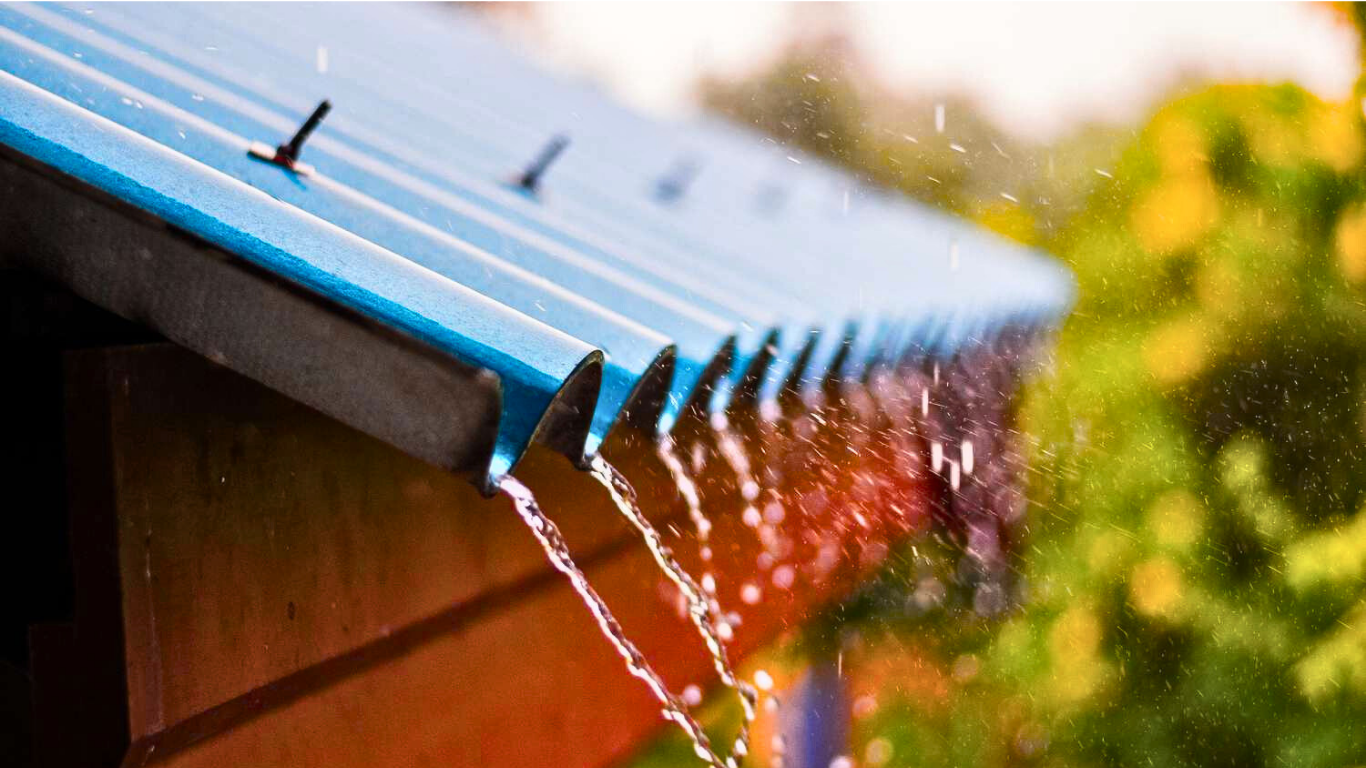Can you redirect rainwater runoff onto your neighbor’s property?
Rainwater runoff can cause big problems if it flows into a neighbor’s yard. That’s why it’s important for homeowners to manage rainwater properly. Knowing the rules and how to handle rainwater can help you avoid damage and stay on good terms with your neighbors.
Legal Limitations on Redirecting Rainwater

Property owners may not freely redirect rainwater onto neighboring land. While historically water was seen as a shared nuisance, current rules forbid intentionally funneling runoff through unnatural systems like drains or downspouts that direct flow toward others.
Reasonable Use and Natural Flow Rules

Today, many areas apply a fairness-based standard to rainwater control. You can protect your land, but only if your actions don’t unfairly affect someone else’s. Water that flows downhill naturally is allowed, but any effort to increase or reroute that flow is restricted.
Liability for Water Damage

If changes you make to drainage harm a neighbor’s home or yard, you might be financially responsible. This includes reworking terrain, installing new drains, or doing anything that changes the way water would have flowed on its own.
Local Ordinances and Permits

Drainage rules can vary widely depending on where you live. Towns and counties often have their own codes requiring permits for changes, even small ones. Ignoring these rules can lead to fines or forced removal of any new system you’ve installed.
HOA and Deed Restrictions

In some neighborhoods, additional rules from homeowners associations can limit what you’re allowed to do with rainwater. These might include needing approval before altering your landscaping or drainage, with penalties for skipping the process.
Neighborly Solutions to Drainage Problems

Talking with nearby homeowners before making changes can prevent tension. In many cases, working together—like building a shared rain garden—can lead to better outcomes and keep relations friendly.
Proper Rainwater Management Techniques

It’s better to deal with excess water on your own land using collection or absorption tools. Systems like rain barrels, permeable pavement, and swales keep runoff under control without causing problems for people living next door.
Professional Assessment and Planning

Serious runoff issues may require expert help. Specialists can analyze your land and recommend targeted solutions that won’t backfire. Though hiring professionals comes at a cost, it can save money and trouble later.
Documentation and Communication

Keep records when making changes to drainage. Take pictures, save permits, and talk to neighbors about your plans. Clear communication and documentation may help if disputes happen later on.
Preventative Landscaping Strategies

Landscaping plays a big role in managing water. Using native plants, sloped terrain, and mulch helps slow down water and keep it from pooling. Buffer zones and good yard design can also prevent future issues.
Mediation and Dispute Resolution Options

If a disagreement arises over water runoff, mediation is often a better first step than court. Many local agencies or associations provide help resolving these kinds of property concerns peacefully.
Making Responsible Rainwater Choices

Effective rainwater control means respecting both your needs and the rights of those nearby. Most solutions aim to keep water on your land, use the soil for absorption, or guide it along paths that don’t interfere with others.
Conclusion: ( Redirect Rainwater )
Managing rainwater the right way protects your home and keeps peace with your neighbors. Simple steps like using rain barrels or adjusting your yard can make a big difference. A little care goes a long way in preventing problems later.
To help you avoid costly home maintenance issues beyond just water runoff, you can also explore these common home appliance mistakes that many homeowners overlook and have to pay off:





